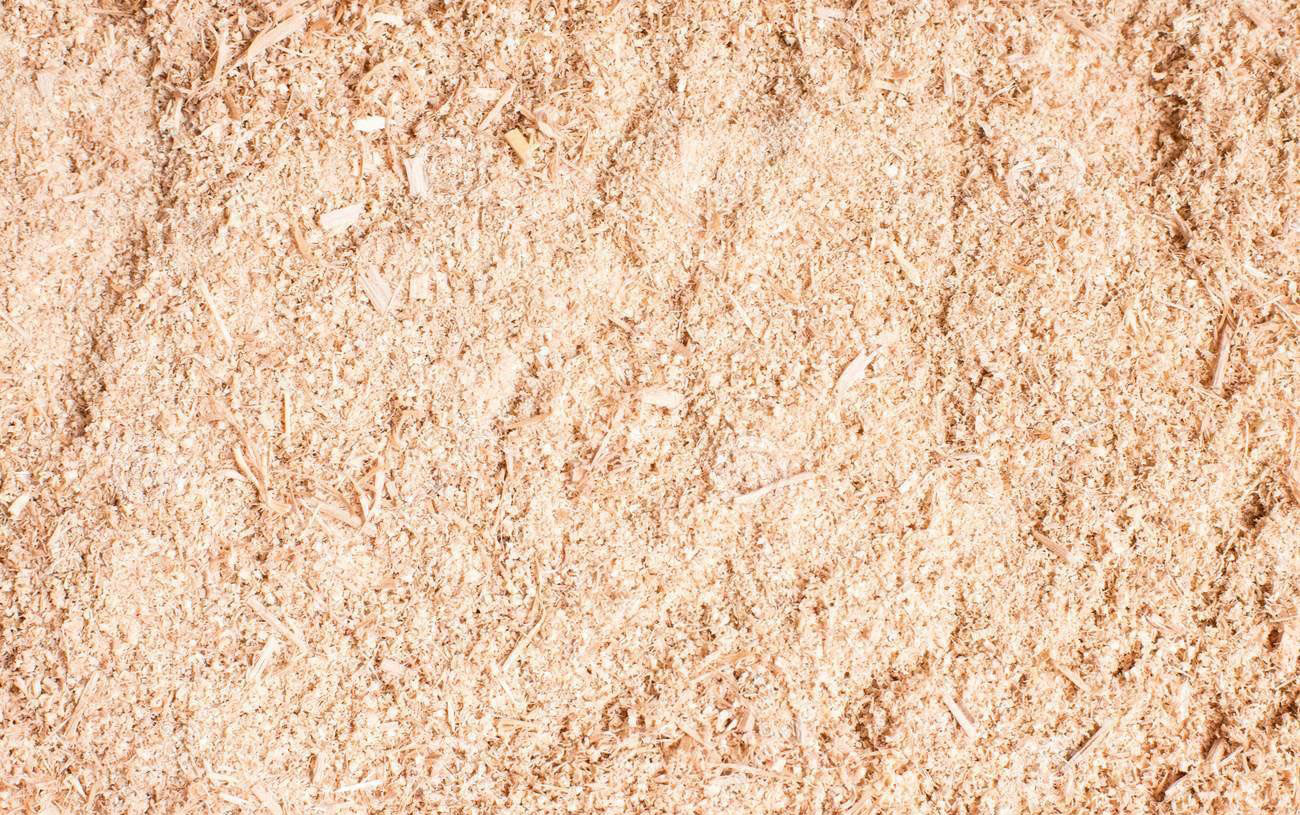
Setting the Scene
Picture this: you, a successful wood flooring contractor, have landed a very lucrative full sand and refinish project on what was clearly once a beautiful hardwood floor. It’s day one of the job; the morning
air is crisp, your Starbucks cold brew coffee is full, Billy Joel is playing on the radio, and the day is ripe with the promise of restoring this floor to its former glory. You are certain that the before and after photos will garner more likes and
new followers on social media than any ever before. You’ve finished cleaning the floor to remove contaminants, and now you pull out Old Faithful, your tried-and-true, most favorite sanding machine.
Trial by Fire
Like countless mornings before, you plug Old Faithful in, switch off the safety, and start her up. With the grain of the wood, you walk her forward and then walk her back, walk her forward and then walk her back,
each new strip of sanded floor slightly overlapping with the last. The first quarter of the room is done, then the first half, you’re nearing three-quarters now, done! You power her down, walk over to your Starbucks, and you’re taking
a sip of coffee when you smell it. Is something…burning? You look over at Old Faithful, and her collection bag is ablaze! Thinking quickly, you run towards the machine as you pull the lid from your Starbucks cup, and you douse the fire
with your cold brew. The flames die, and you think how easily the entire job could have just gone up in smoke.
So, What Happened?
You’ve heard of it happening, but you didn’t think it would happen to
you: spontaneous combustion. Although uncommon, wood dust can and does catch on fire in the dust collection bag when sanding wood floors. The heat created from the friction of the machine and sandpaper on the floor can increase to the point—400
degrees Fahrenheit, to be precise—that the sawdust begins to smolder inside the bag and ignite. Combustion happens much more frequently when an old floor is sanded, because the old finishes on the floor become ground into a fine powder,
and when a floor freshly coated with a solvent-based finish needs to be sanded. Though rare, combustion in the latter scenario is especially dangerous due to increased flammability. Spontaneous combustion of wood dust can also occur after the
dust has been removed from the collection bag.
Only YOU Can Prevent Wood Dust Fires
It is the responsibility of the contractor to minimize the potential for spontaneous ignition. Follow these steps to ensure that spontaneous combustion of wood dust from your job stays only
in your mind’s eye:
• Dust bags should be emptied often. Do not let them become more than half full before emptying them.
• Empty dust collection bags before transporting the machine or leaving the job site, even if you
are just leaving for a short time.
• Always advise keeping fire extinguishers in the truck or on the job.
• Smoking should be prohibited on the jobsite and in the truck.
• Any saw blades should be sharpened such that
heat buildup due to friction is minimized.
• Always remove dust receptacles from the job site at the end of every day.
• To ensure dust and shavings do not ignite, spray them with cool water.
• When dried, dispose
of the wood waste according to state and local waste disposal regulations. Disposal guidelines will vary depending on the area of the country, so you should consult your local waste disposal office for specific guidance.
Don’t play fast and loose with wood dust. Taking steps to avoid spontaneous combustion could save a piece of equipment, an entire job, or even a life.